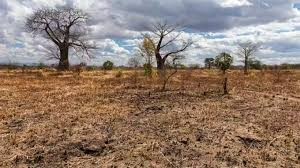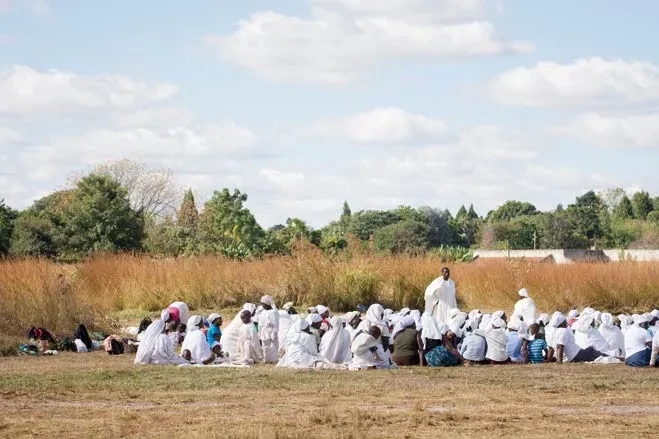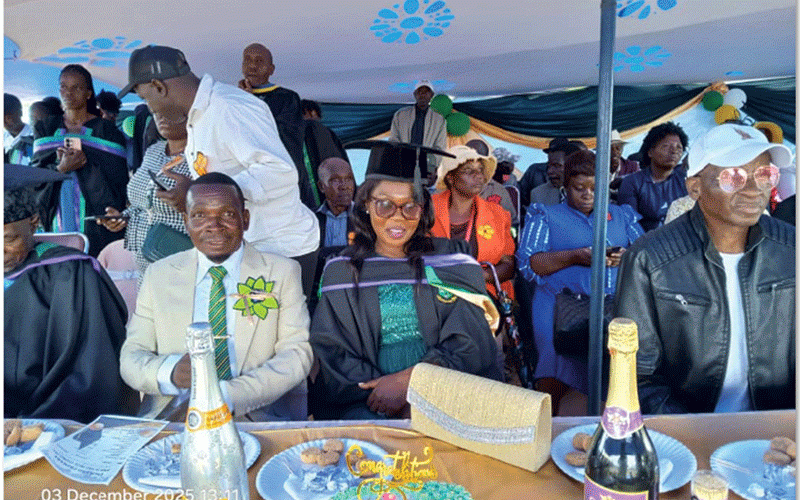
THE El Niño weather phenomenon during the 2023/24 rainy season led to increased malnutrition in children under the age of five and pregnant women in Gokwe, Midlands province.
The district has become one of Zimbabwe’s hardest-hit areas, with CARE Zimbabwe launching the emergency assistance for drought affected households project that promotes the uptake of a four star diet.
CARE Zimbabwe, in collaboration with Nutrition Action Zimbabwe and Padare, with funding of 3,6 million euros from the European Civil Protection and Humanitarian Aid Operations, mobilised resources to provide immediate food assistance and bolster capacity to manage malnutrition.
The project has assisted 24 800 vulnerable individuals in Gokwe and Mutare, including 12 896 women and 11 904 men across the two districts.
In Gokwe North, 12 900 people benefited from this initiative and received food aid through four cycles of distribution. Speaking on the sidelines of the ECHO media tour in Gokwe last week, Nutrition Action Zimbabwe executive director Tapiwa Magaisa said beyond food aid, the initiative prioritised combating acute malnutrition, which had surged among children under five and pregnant women.
“In terms of food assistance, to ensure that the communities are food secure, (we are) also supporting complementary activities around the identification of cases of malnutrition, management and treatment of malnutrition, as well as pre-positioning capacity to be able to treat cases of malnutrition when they get to health facilities,” Magaisa said.
“We were able to access 1 137 pregnant and lactating women who were receiving what we call nutrition support and also mothers and caregivers of 13 406 children from across the two districts where we were operational.
“The project incorporated nutrition education, where we are capacitating mothers of children under five and caregivers from around the communities, providing nutrition education on diversification of diets, and also providing education as well in terms of how they can utilise their locally-available food to be able to provide nutritious food for their children.”
- Wadyajena’s super cars towed
- Too young to marry: The secret world of child brides
- Afrophobia: Can some in ANC stand up
- Chief sucked in woman disappearance case
Keep Reading
He said the Integrated Management of Acute Malnutrition model was used to strengthen local health systems to identify and treat malnutrition early. A total of 68 nurses from health facilities across both districts received training.
“We trained nurses from 68 health facilities across the two districts where we were operational. At a community level, we capacitated 626 village health workers.
“The key challenge that we realised, particularly with this drought, was the availability of data to allow programmers to be able to make decisions.
“So coming into this project, we capacitated village health workers to conduct active screening in the communities, where they will be able to identify cases of malnutrition, provide us with the numbers to know the priority areas, as well as to know the number of children that will need to be assisted.”
Health and Child Care ministry nutritionist for Gokwe North Jane Mapindire said the programme led to a significant decline in malnutrition cases.
“The drought showed that our malnutrition cases were increasing. We also saw that through this food distribution, they were targeting children under five who were malnourished and they assisted these mothers and families with foodstuffs.
“Many people just eat sadza and vegetables, but with this intervention, it came with matemba, it came with beans. It improved the dietary diversity for children, families and households.
“Generally, the nutrition status of the population has improved. We have also seen that Nutrition Action Zimbabwe came with nutrition support. It has helped us to capacitate our health workers, train them on certain nutrition and management of acute malnutrition.”
Shupikai Komba, mother of a child who was malnourished, said the programme had helped her child to blossom into a lively, thriving child.
“I gave birth to my child during the peak of the drought in October 2023 struggling to access adequate food and healthcare; he was often fed irregularly, with diets lacking essential nutrients at the age of six months.
“We didn't know what was wrong at first. He was so small and he couldn't gain weight. We were worried but didn't have the means to help but thanks to Nutrition Action Zimbabwe which came in last year and helped us, my child has recovered.”









